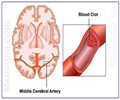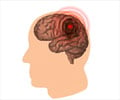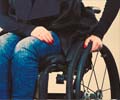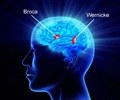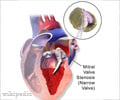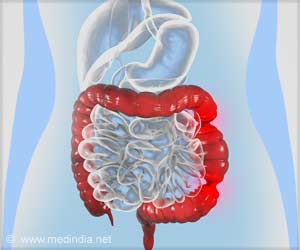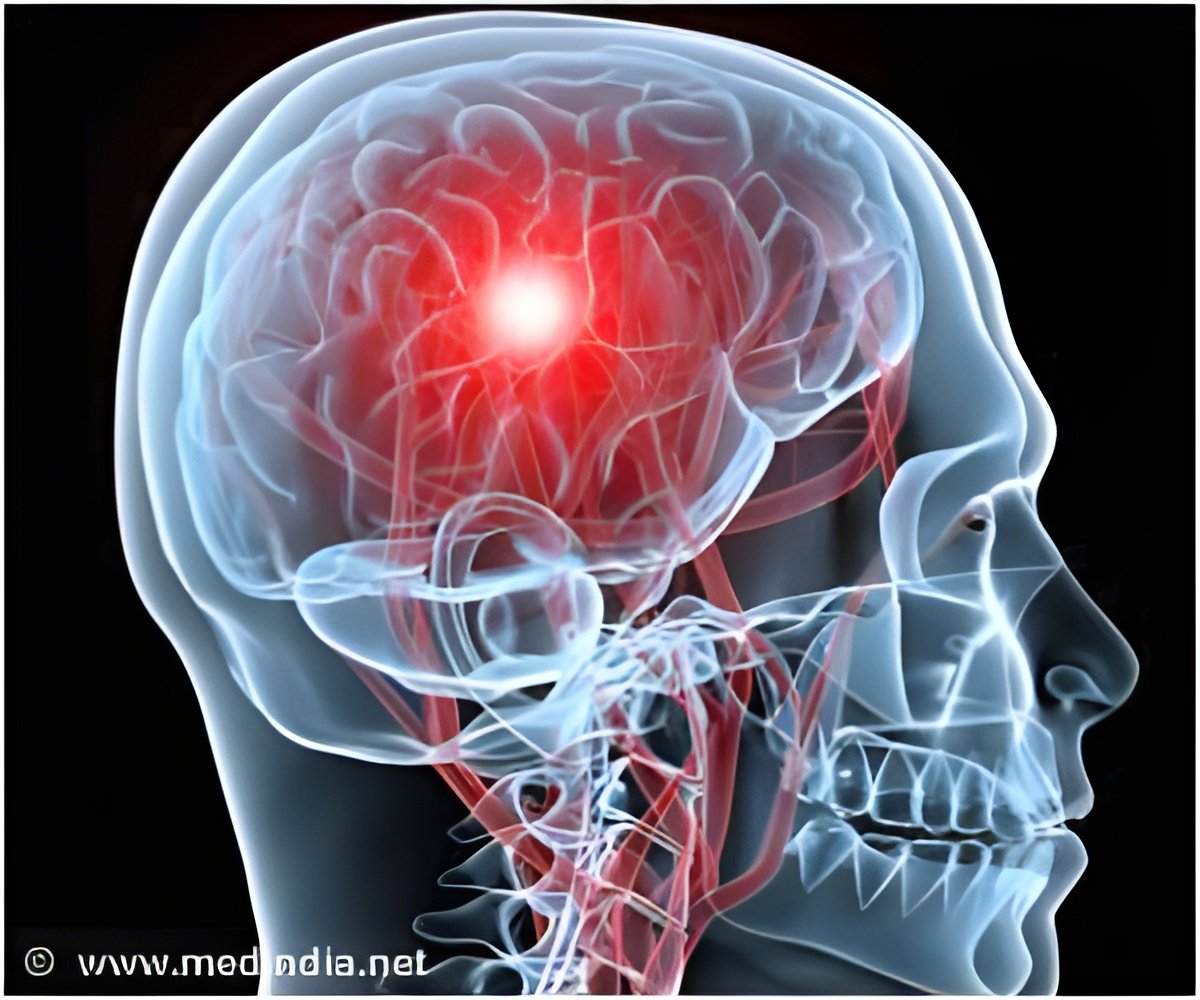
‘The lifetime stroke risk for 25-year-olds in 2016 ranged from 8% to 39%, depending on where they live; people in China have the highest risk.’
Tweet it Now
The study, "Global, Regional, and Country-Specific Lifetime Risks of Stroke, 1990-2016," was published today in The New England Journal of Medicine. Using estimates from the Global Burden of Disease study (GBD), researchers developed a new summary measure that combines one's risk of having a stroke and surviving, with suffering a stroke and dying. For the first time, the study estimates lifetime stroke risk starting at age 25, whereas previous studies begin at age 45.
The authors analyzed the lifetime risk of first-ever stroke, categorized by subtype - ischemic and hemorrhagic stroke. They did not assess the lifetime risk of recurring stroke, pediatric stroke, or transient ischemic attack (TIA), commonly known as "mini-stroke," which does not result in permanent brain damage. Findings cover 1990 to 2016 in 195 countries and territories by age and sex.
The findings expose large geographic variations. In 2016, the three regions with the highest estimated lifetime risk of stroke were East Asia (38.8%), Central Europe (31.7%), and Eastern Europe (31.6%); the region with the lowest risk was eastern sub-Saharan Africa (11.8%). "The lower risk of lifetime stroke in sub-Saharan Africa does not necessarily represent a lower incidence of stroke or more effective prevention and treatment strategies," said Roth. "On the contrary, people there are merely at higher risk of dying of another cause first." The burden of stroke among adults is largely dependent on modifiable risk factors and the characteristics of health systems. Therefore, the study's findings may be useful for long-term planning, especially in terms of prevention and public education.
Nations' ministers of health and other policymakers need to develop programs encouraging young adults to eat healthier diets with more fruit, vegetables, and whole grains, as well as avoid tobacco and alcohol, and increase physical activity and maintain a healthy weight, Roth said. They also should advocate for lower prices of medications that control high blood pressure and cholesterol.
Advertisement
The estimated global lifetime risk of stroke - an average of widely varying rates around the world - from age 25 onward was 24.9% in 2016.
Advertisement
The greatest increases in lifetime stroke risk between 1990 and 2016 were found in East Asia, South Asia, Southeast Asia, eastern sub-Saharan Africa, Central Europe, western sub-Saharan Africa, and North Africa and the Middle East.
Conversely, the risk in Central Asia, southern and tropical Latin America, high-income Asia-Pacific, and southern sub-Saharan Africa decreased substantially over the same time period. Despite no significant difference in global risk of lifetime stroke between men and women in 2016, the findings revealed substantial regional and country-level variation by sex. Among 21 regions, the highest lifetime risk among men was in East Asia (40.6%), whereas the highest lifetime risks among women were in Eastern Europe (36.5%) and East Asia (36.3%). The greatest risk among men, at 41.1%, was in China; the greatest risk among women, at 41.7%, was in Latvia.
Countries with highest lifetime stroke risk for individuals beginning at age 25:
1.China:39.3%
2.Latvia:37.0%
3.Romania:36.2%
4.Montenegro:36.0%
5.BosniaandHerzegovina:35.7
% 6.Macedonia:35.2%
7.Serbia:33.8%
8.Bulgaria:33.4%
9.Albania:33.4%
10. Croatia: 33.0%
Source-Eurekalert

